19. Invention, intellectual property and income¶
LICENCES¶
This is a permit from an authority to own or use something, do a particular thing, or carry on a trade. i like the idea of the project spreading as much as possible and giving credit to orginal creator would be much appreciable, from that i analyzed different licenses for hardware and for software part
Choosing a Licence¶
Assignment¶
- Develop a plan for dissemination of your final project.
- Prepare drafts of your summary slide (presentation.png, 1920x1080) and video clip (presentation.mp4, 1080p HTML5, < ~minute, < ~10 MB) and put them in your root directory. Project
The cubesat mounted on hellium balloon for forest monitoring is the title of my final project. My idea and desire to build this project comes from a tourism companies need to monitor the forest simply and quickly. This project was made with the use of FabLab Rwanda resources and the methodologies and skills learned during the Fab Academy 2022 programme.
Intellectual property¶
Intellectual property (IP) refers to creations of the mind, such as inventions; literary and artistic works; designs; and symbols, names and images used in commerce. IP is protected in law by, for example, patents, copyright and trademarks, which enable people to earn recognition or financial benefit from what they invent or create. By striking the right balance between the interests of innovators and the wider public interest, the IP system aims to foster an environment in which creativity and innovation can flourish
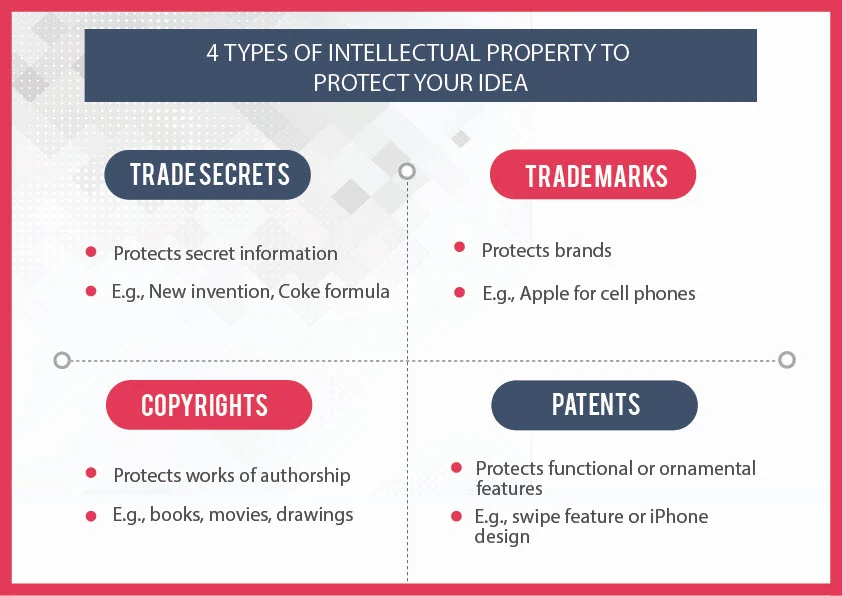
For my project, I choose an open source licence since it allows me to share what I’ve learned and pave the way for future improvements.
OPEN SOURCE LICENSE
An open-source licence is a form of licence for computer software and other items that permits the use, modification, and/or sharing of the source code, blueprint, or design under specific terms and conditions. This enables end users and commercial businesses to examine and change the source code, blueprint, or design for their own customisation, curiosity, or troubleshooting purposes.
MIT License
The Massachusetts Institute of Technology (MIT) created the MIT License, which is a permissive free software licence (MIT). It has great licencing compatibility since it is a permissive licence with only a few restrictions on reuse. Many copyleft agreements, such as the GNU General Public License (GPL), are compatible with the MIT licence.

GNU General Public License¶

The GNU General Public License (GNU GPL or GPL) is a widely used free software license, which guarantees end users the freedom to run, study, share and modify the software. There are currently three versions of license are available under GNU.
The terms and conditions of the GPL must be made available to anybody receiving a copy of the work that has a GPL applied to it (“the licensee”). Any licensee who adheres to the terms and conditions is given permission to modify the work, as well as to copy and redistribute the work or any derivative version. Software under the GPL may be run for all purposes, including commercial purposes and even as a tool for creating proprietary softwares.
Copyleft 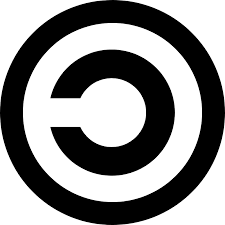 ¶
¶
The distribution rights granted by the GPL for modified versions of the work are not unconditional. When someone distributes a GPL’d work plus his/her own modifications, the requirements for distributing the whole work cannot be any greater than the requirements that are in the GPL. This requirement is known as copyleft.Copyleft applies only when a person seeks to redistribute the program. Developers may make private modified versions with no obligation to divulge the modifications, as long as they do not distribute the modified software to anyone else. Note that copyleft applies only to the software, and not to its output (unless that output is itself a derivative work of the program)
Creative Commons¶

Creative Commons (CC) is a non-profit organisation based in the United States dedicated to extending the breadth of creative works that others can lawfully build upon and share. The group has made various copyright licences known as Creative Commons licences available to the public for free.Copyright is not replaced by Creative Commons licences; rather, they are built on it. Individual discussions for particular rights between copyright owner (licencor) and licensee, which are required under a “all rights reserved” copyright management, are replaced with standardised licences for re-use circumstances when no financial recompense is requested by the copyright owner (licencor).

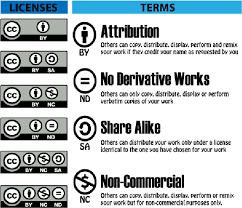
After I read a bit about the differents licenses, i had to cross check between the MIT and the LINK
creativecommons¶

Choosing the License¶
For my project, I choose an open source licence since it allows me to share what I’ve learned and pave the way for future improvements. To create the license,creativecommons page and answered a simple questionnaire.
License Features¶
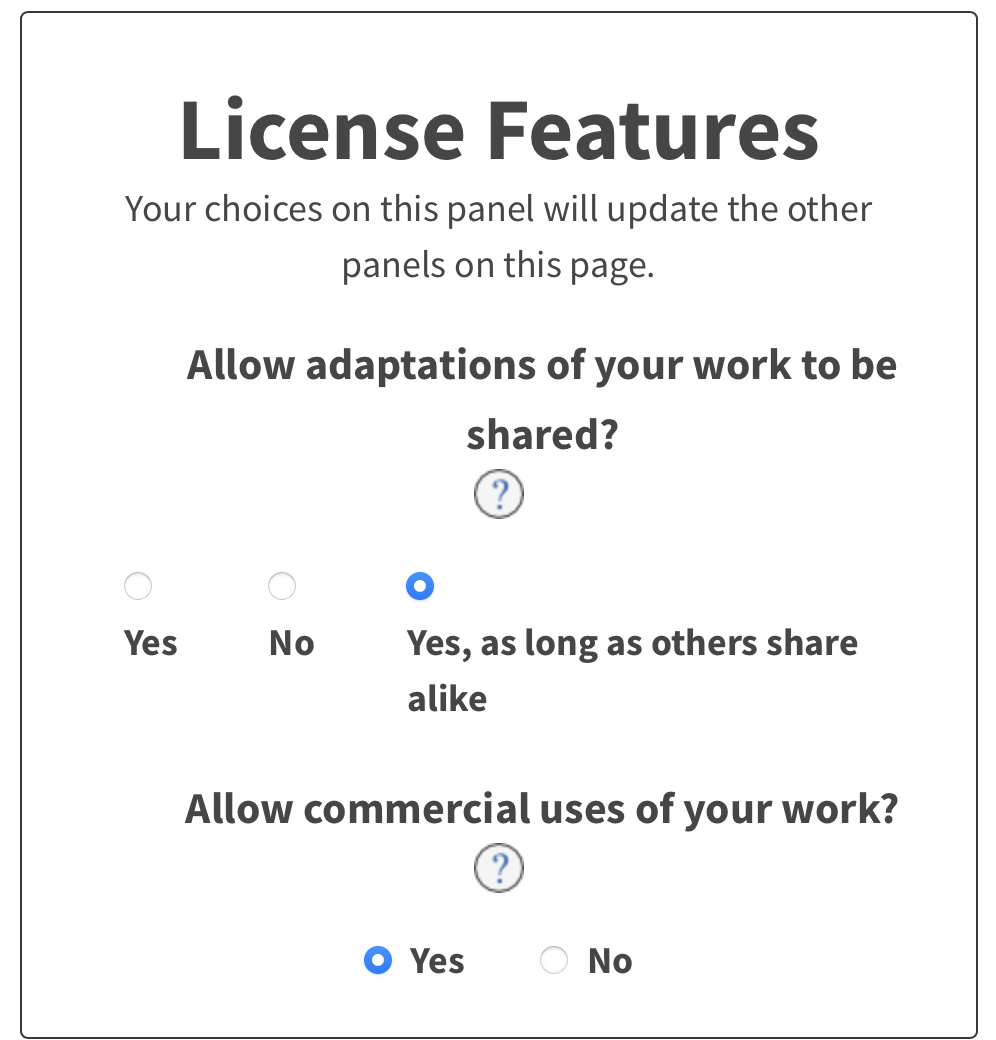
This shows the icons of what the license type is and if it’s a free culture license or not.
Selected License¶

Machine - Readability¶
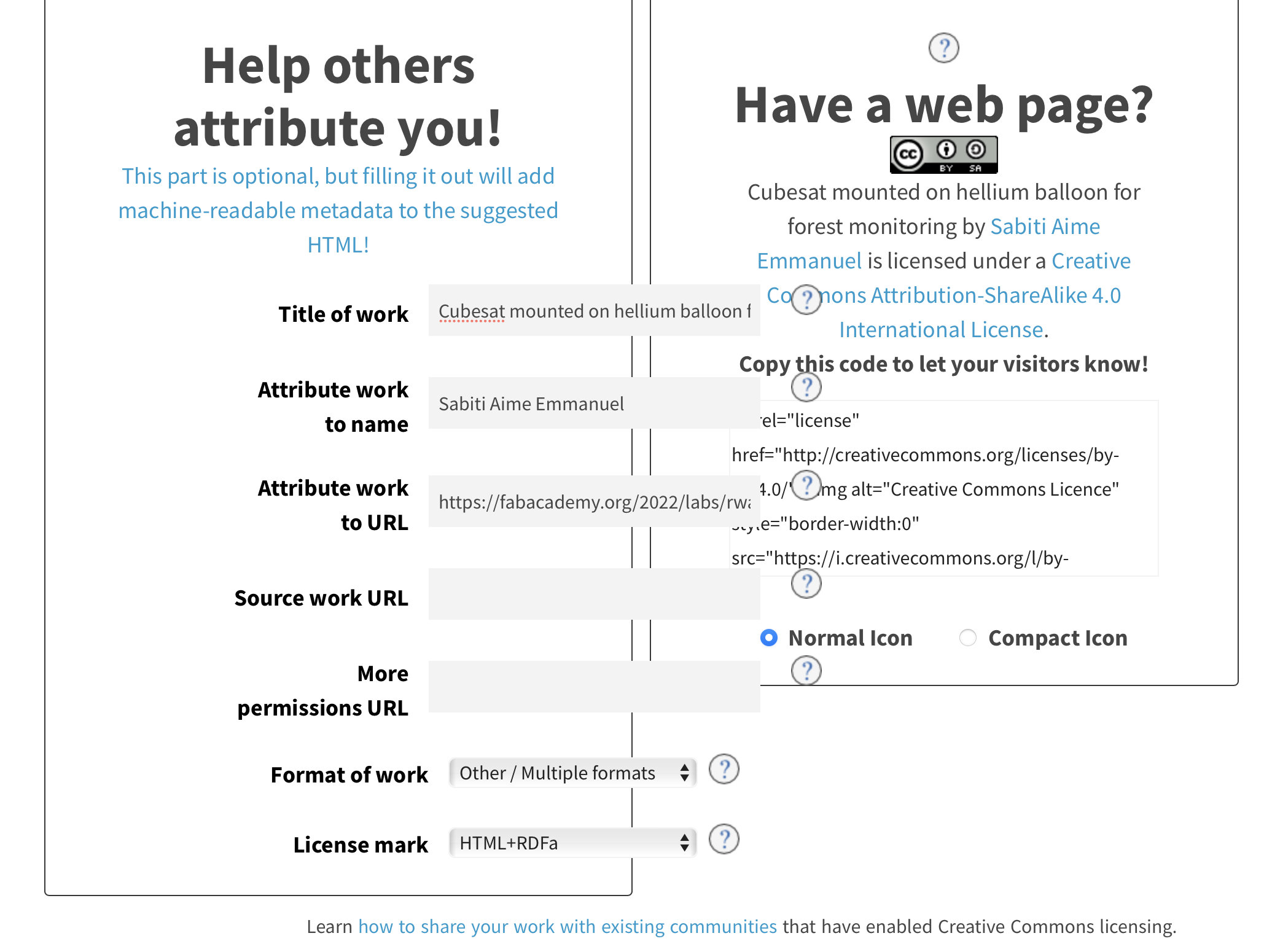
The next part is to copy the embedded code on to the website
Embedded Code¶
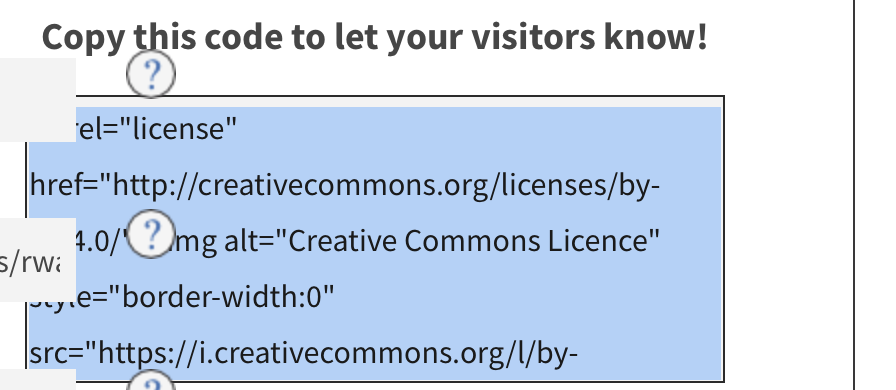
License and Copyright Notice Hold Liable Future Developments Future development I would like to add more control in order to monitor my cubesat and various data simultaneously and to use a higher range communication device and also add balloon which has more control for landing site and lauching site. Releases The official release date for my wooden cubesat mouted on Hellium balloon is 15th june.

Cubesat mounted on hellium balloon for forest monitoring by Sabiti Aime Emmanuel is licensed under a Creative Commons Attribution-ShareAlike 4.0 International License.